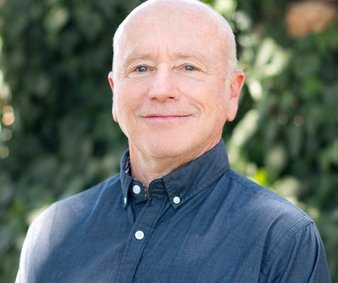The multitude of efforts and regulations to control the air pollution levels in California are showing signs of success, according to a new report from the American Lung Association.
The “State of the Air 2011” by the ALA shows positive trends in reducing air pollution across California though the state still has some of the dirtiest air in the nation.
The report showed improvement within the state in reducing ozone and particulate pollution over the past 10 years and a reduction in the number of unhealthy days reported in all cities on the ozone list.
“Air pollution is a serious health threat to all Californians,” said Jane Warner, president and CEO of the American Lung Association in California. “California has made tremendous improvements in the fight for clean air thanks to the work of the state’s strong Air Resources Board and local Air Quality Management districts but much still needs to be done. Cleaning up pollution results in healthier air. Now is not the time to stop progress.
“The American Lung Association in California continues to advocate for the Clean Air Act, strong clean air regulations and investment in programs whose aim is to reduce air pollution,” said Warner. “We urge all Californians to voice support for the Clean Air Act and to make an effort to reduce air pollution in their communities by driving less, recycling, avoiding wood burning, and using energy efficient appliances.”
Even though some improvements were noted, the counties in the San Joaquin Valley were still given “Fs” for air quality. From 2007 to 2009, Stanislaus County ranked as the 12th worst region in the state for particle pollution and 14th for ozone, according to the report.
Some of the report’s findings have been called into question by local air officials. The San Joaquin Valley Air Pollution Control District issued a statement that while they are encouraged that the American Lung Association’s report highlights the seriousness of the Valley’s air pollution problem, it cautions that the report has based some of its conclusions on inadequate data.
“We are encouraging residents to understand what this report contains, and what it doesn’t,” said Seyed Sadredin, the Air District’s executive director and air pollution control officer.
“Despite a simplistic methodology, this report contains important information that deserves careful review and analysis.”
Specifically, the Air District felt the report doesn’t reflect the real quality if the Valley’s air because, in part, it only used measurements from one air monitoring station for all of the San Joaquin Valley. It also did not take into consideration the large number of wildfires in the Valley in 2008 that had a significant impact on the air quality and public health.
“Although the report’s title is 2011 State of the Air, it does not look beyond 2009 in measuring air quality progress. This overlooks great improvements in air quality in the Valley in recent years. In fact, the winters in 2009-10 and 2010-11 were the cleanest on record,” the Air District stated.
To contact Sabra Stafford, e-mail sstafford@turlockjournal.com or call 634-9141 ext. 2002.









